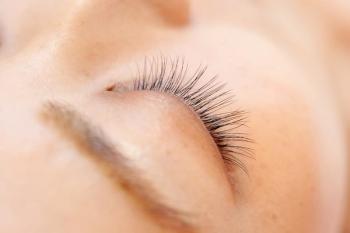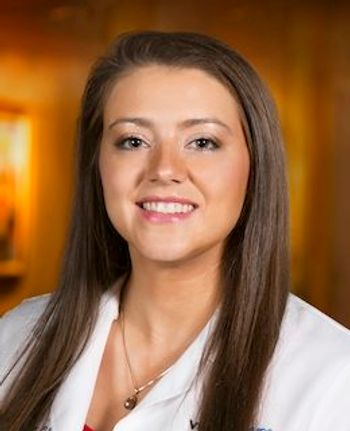
Study shows comfort is critical when fitting keratoconus eyes
A proprietary hybrid contact lens appears to be a good option for restoring vision in eyes with keratoconus or post-LASIK ectasia.
Angela Shin, OD, FAAO, presented the findings at the 2011 meeting of the American Academy of Optometry from a series of 116 eyes of 72 patients over a 2-year period. The cohort included 100 eyes with keratoconus and 16 with post-LASIK ectasia. About two-thirds of the eyes were of patients who were CL-intolerant and not actively wearing a CL on presentation.
Comfort a key factor
Patients in the study ranged in age from 11 to 72 years (mean, 37); men outnumbered women 2:1. The study defined success as continued wear at 3 months after the final fitting, which 63% of eyes achieved after an average of 2.6 diagnostic lens fits. The success rate increased to 72.5% after the investigators excluded the first 25 cases to allow for a learning curve.
Among successful patients, 88% of eyes had stable or improved vision, while patients cited comfort as the main reason for continuing hybrid lens wear in eyes with no change or loss from habitual visual acuity.
"Looking at the distribution of change in visual acuity in eyes that had been habitually corrected with a [CL] showed only a slight skew to lines gained, but it was not an overwhelming pattern. These data further support the idea that comfort is a major factor in determining successful wear with this hybrid lens," Dr. Shin said.
Newsletter
Want more insights like this? Subscribe to Optometry Times and get clinical pearls and practice tips delivered straight to your inbox.


















































.png)


